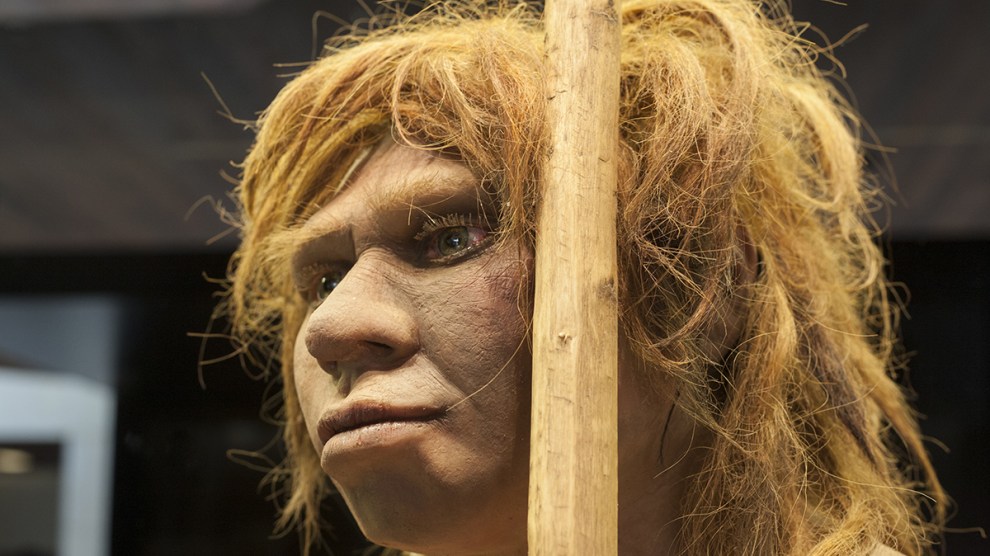
New study reveals anatomically modern humans had intimate relationships with Denisovans
It has been found out from previous studies that modern humans or Homo sapiens co-existed as well as interbred with the Neanderthals, our close ancestors. Now, a new study has revealed that the modern humans were also intimate with the Denisovans, a species of archaic humans.
As per the study, the modern humans interbred twice with the Denisovans thus indicating about a more diverse genetic history between the modern humans and Denisovans that it was previously thought. The researchers carried out the whole genome sequencing of the modern humans and the Denisovans and then compared the whole genome sequences of both. They found out two distinct events of Denisovan genetic intermixing or admixing taking place between Homo sapiens and the Denisovans.
The latest study was done by a group of researchers from the University of Washington, Seattle. For the research, they chose the present-day population of East Asia and Oceania, as these people have some Denisovan genes in them. From the results, the scientists discovered that the individuals of East Asia and the individuals from Oceania had uniquely different genomes. This indicated that there were two separate episodes of Denisovan admixing. Lead author of the study Sharon Browning from the University of Washington said, “What was known already was that Oceanian individuals, notably Papuan individuals, have significant amounts of Denisovan ancestry.The genomes of modern Papuan individuals contain approximately 5 percent Denisovan ancestry.”
Browning and his team already knew that the Denisovan ancestry was present to a very lesser degree across Asia. Previous studies also suggested that Denisovan ancestry came to Asia mainly through migration and this migration happened from Oceanian population. But in their latest study, the scientists found out that the East Asian have got a different set of Denisovan ancestry not found in the south Asian and Papuan population. “This Denisovan ancestry in East Asians seems to be something they acquired themselves,” Browning said.
After analyzing genomes of around 5,600 individuals from Europe, America, Asia, and Oceania and comparing them with Denisovan genome, the researchers found out that the Denisovan genome was more closely related to the modern East Asian population than to modern Papuan population. Browning informed that when they compared pieces of DNA from the Papuans against the Denisovan genome, they discovered that many sequences were similar enough to declare a match, but some of the DNA sequences in the East Asians, specifically Han Chinese, Chinese Dai, and Japanese, were a much closer match with the Denisovan. The latest research paper was published in the journal Cell.
The Denisovan or Denisova hominin is an extinct species or subspecies of human in the genus Homo. Pending its status as either species or subspecies it currently carries the temporary names Homo sp. Altai, or Homo sapiens ssp. Denisova. In March 2010, scientists announced the discovery of a finger bone fragment of a juvenile female who lived about 41,000 years ago, found in the remote Denisova Cave in the Altai Mountains in Siberia, a cave that has also been inhabited by Neanderthals and modern humans. The mitochondrial DNA (mtDNA) of the finger bone showed it to be genetically distinct from Neanderthals and modern humans. The nuclear genome from this specimen suggested that Denisovans shared a common origin with Neanderthals, that they ranged from Siberia to Southeast Asia, and that they lived among and interbred with the ancestors of some modern humans, with about 3% to 5% of the DNA of Melanesians and Aboriginal Australians deriving from Denisovans.
A 2013 comparison with the genome of another Neanderthal from the Denisova cave revealed local interbreeding with local Neanderthal DNA representing 17% of the Denisovan genome, and evidence of interbreeding with an as yet unidentified ancient human lineage. Analysis of DNA from two teeth found in layers different from the finger bone revealed an unexpected degree of mtDNA divergence among Denisovans. Two teeth belonging to different members of the Denisova cave population have been reported. In November 2015, a tooth fossil containing DNA was reported to have been found and studied.
As per the study summary, Anatomically modern humans interbred with Neanderthals and with a related archaic population known as Denisovans. Genomes of several Neanderthals and one Denisovan have been sequenced, and these reference genomes have been used to detect introgressed genetic material in present-day human genomes. Segments of introgression also can be detected without use of reference genomes, and doing so can be advantageous for finding introgressed segments that are less closely related to the sequenced archaic genomes. We apply a new reference-free method for detecting archaic introgression to 5,639 whole-genome sequences from Eurasia and Oceania. We find Denisovan ancestry in populations from East and South Asia and Papuans. Denisovan ancestry comprises two components with differing similarity to the sequenced Altai Denisovan individual. This indicates that at least two distinct instances of Denisovan admixture into modern humans occurred, involving Denisovan populations that had different levels of relatedness to the sequenced Altai Denisovan.


